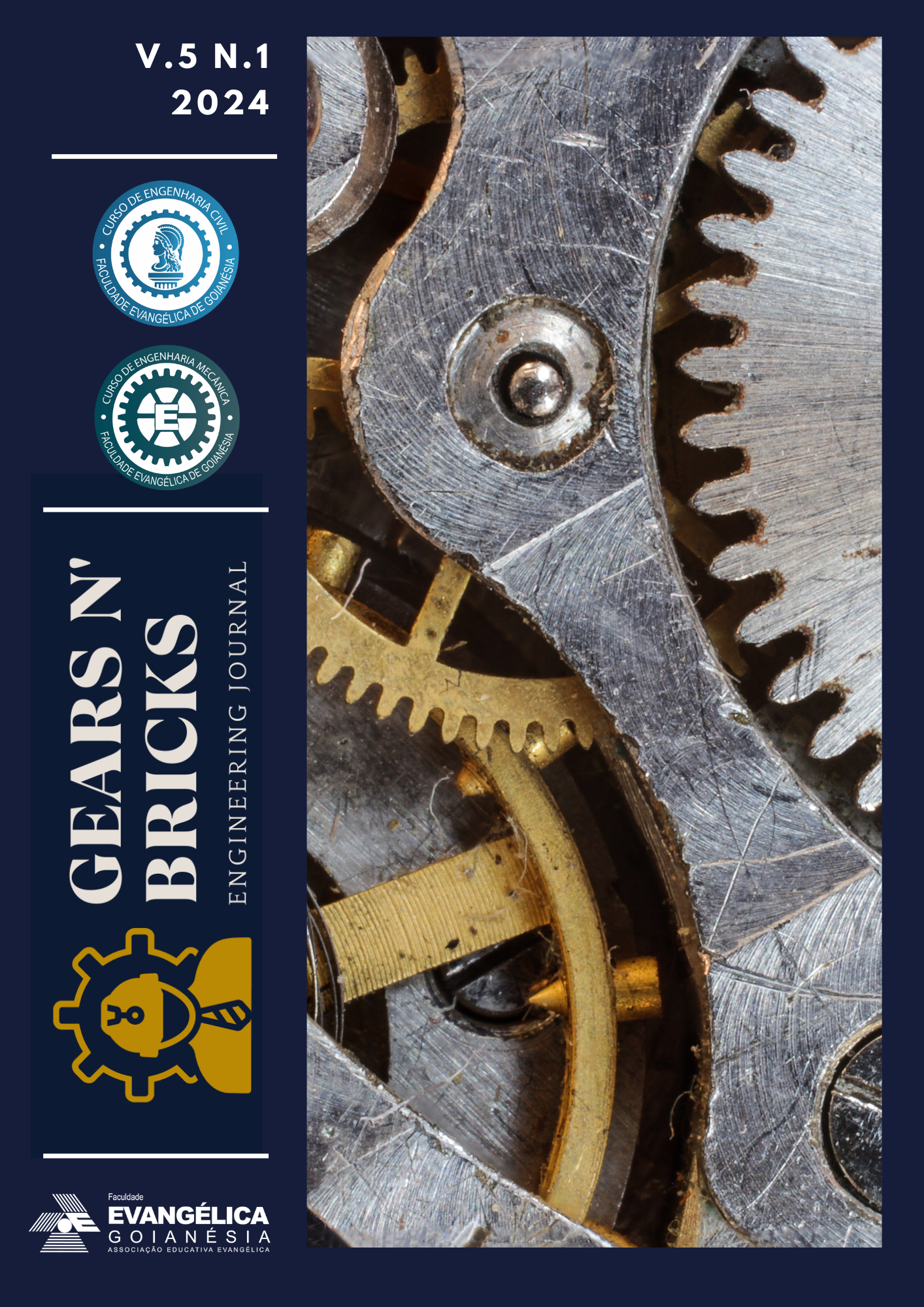ANÁLISE COMPARATIVA DE VIABIABILIDADE ECONÔMICA ENTRE ALVENARIA ESTRUTURAL E ALVENARIA CONVENCIONAL
Palavras-chave:
Eficiência;, Planejamento;, Rentabilidade;, Alvenaria.Resumo
A indústria da construção, tem se adaptado a mudanças significativas, especialmente no Brasil durante o século XX. A busca por soluções eficazes para melhorar a produtividade impulsionou a adoção de métodos mais eficientes e sustentáveis na construção civil. Empresas brasileiras têm priorizado a economia nos canteiros de obras, enfrentando desafios devido à persistência de métodos ultrapassados. A diferença entre esses métodos é determinante na economia, planejamento e gestão de resíduos na construção civil, exigindo um planejamento preciso para minimizar incertezas e orientar decisões futuras. O objetivo elementar será efetuar uma comparação entre dois métodos construtivos: alvenaria estrutural e alvenaria convencional com estrutura em concreto armado. Essa análise abordará suas características qualitativas, vantagens e desvantagens, além de aspectos quantitativos, com o intuito de avaliar qual dos sistemas proporciona melhor eficiência e rentabilidade financeira. Para atingir os objetivos, a metodologia envolverá uma revisão de literatura para identificar as características de alvenaria estrutural e alvenaria convencional. Em seguida, serão coletados dados de custo, tempo e recursos de uma obra de referência de 6 pavimentos em alvenaria estrutural em Goianésia. A análise comparativa será realizada para determinar a eficiência e rentabilidade financeira de ambos os métodos. Espera-se que o resultado da comparação entre alvenaria estrutural e alvenaria convencional com estrutura em concreto armado forneça insights claros sobre as diferenças entre os dois métodos construtivos. Isso inclui uma compreensão aprofundada das características qualitativas de cada sistema, destacando suas vantagens e desvantagens. Além disso, espera-se uma análise detalhada dos aspectos quantitativos, como custos de construção, tempo de execução e gestão de recursos, para avaliar a eficiência e a rentabilidade financeira de ambos os métodos. O resultado final deve identificar qual sistema oferece o melhor equilíbrio entre eficiência construtiva e viabilidade financeira, auxiliando na tomada de decisão para futuros projetos de construção.





